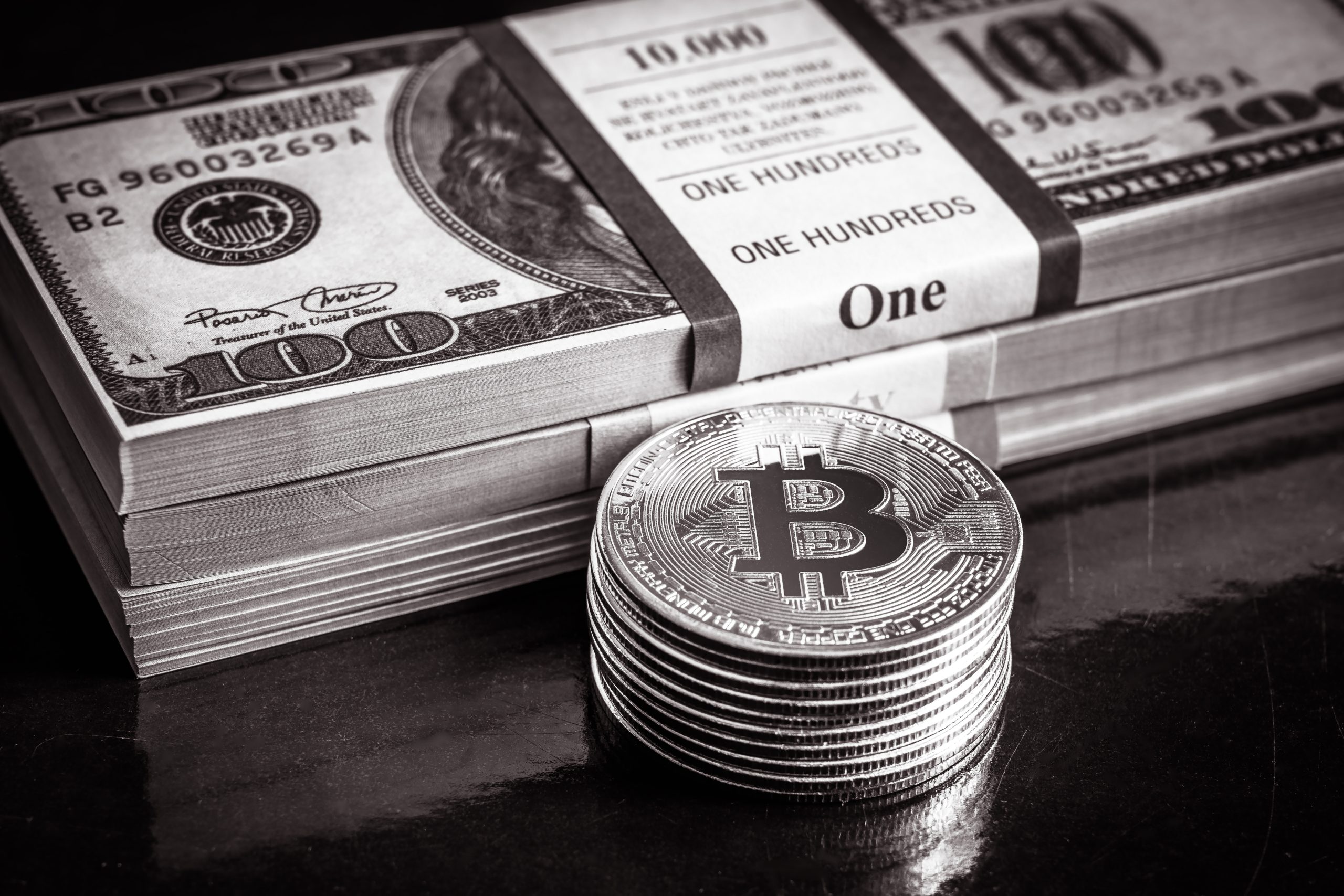What is the difference between token money and fiat money?
If you’re interested in finance, you might have heard about fiat money and token money. While both types of currency are used as a medium of exchange, they have some fundamental differences that set them apart. In this article, you’ll discover the differences between token money and fiat money.
Fiat money is the currency that is issued by a government and is not backed by a physical commodity, such as gold or silver. The value of fiat money is derived from the government’s guarantee that it can be used to pay taxes and other debts. Token money, on the other hand, is a type of currency that is backed by a physical commodity, such as gold or silver. The value of token money is derived from the value of the commodity that backs it.
While both types of currency can be used to purchase goods and services, they have different characteristics that make them unique.
Definition of Fiat Money
Fiat money is a currency that is issued by a government and is not backed by a physical commodity such as gold. Its value is derived from the relationship between supply and demand and the stability of the issuing government. Most currencies in the world today are fiat currencies, including the British pound, the US dollar, and the Euro.
Fiat money is legal tender, which means that it is accepted as a form of payment for goods and services. It is also used as a medium of exchange in transactions. Central banks have control over fiat money, as they can control the supply of money in the economy by adjusting interest rates and printing more money.
Definition of Token Money
Token money, on the other hand, is a type of currency that is not issued by a government but by a private entity. It is often used in specific contexts, such as within a particular industry or community. Token money can represent a variety of assets, such as loyalty points, digital assets, or even other currencies.
Token money is often used in blockchain-based systems, where it can be used to incentivize users to participate in the network. Tokens can be traded on cryptocurrency exchanges, and their value is determined by supply and demand.
Differences Between Fiat Money And Token Money
The main difference between fiat money and token money is that fiat money is backed by a government, while token money is not. Fiat money is legal tender, which means that it is widely accepted as a form of payment, while token money may only be accepted within a specific context or community.
Fiat money is also subject to government control, while token money is not. Central banks can control the supply of fiat money by adjusting interest rates and printing more money, while the supply of token money is determined by the rules of the blockchain network.
Another difference between fiat money and token money is their level of stability. Fiat money is generally more stable than token money, as it is backed by a government and is widely accepted. Token money, on the other hand, can be more volatile, as its value is determined by supply and demand on cryptocurrency exchanges.
In summary, fiat money and token money are two different types of currency. Fiat money is issued by a government and is widely accepted as a form of payment, while token money is not issued by a government and is often used within a specific context or community. Fiat money is subject to government control, while token money is not, and fiat money is generally more stable than token money.
Fiat Money
When you think of money, you probably think of fiat money. This is the type of money that is issued by a government and is not backed by a commodity such as gold. Fiat money is essentially a legal tender that the government has declared to be valid for all debts and taxes.
History of Fiat Money
Fiat money has been around for centuries. In fact, the first known instance of fiat money dates back to China during the Tang Dynasty in the 7th century. The Chinese government issued paper money to replace the use of coins. This paper money was not backed by a commodity, but rather by the government’s promise to exchange it for silver.
How Fiat Money Works
Fiat money is created by the government and central banks. They have the power to print as much money as they need, which gives them greater control over the economy. When the government needs more money, it can simply print more. However, this can lead to inflation if too much money is printed.
Fiat money is used as a medium of exchange, a store of value, and a unit of account. You can use it to buy goods and services, and it can be saved for future use. It is also accepted as payment for debts and taxes.
Pros and Cons of Fiat Money
There are both advantages and disadvantages to using fiat money.
Pros
- Fiat money is easy to use and widely accepted.
- It is regulated by the government, which helps prevent fraud and counterfeiting.
- It can be used to control inflation and stimulate the economy.
Cons
- Fiat money is not backed by a commodity, which means its value is based solely on the government’s promise to pay.
- It can be subject to hyperinflation if too much is printed.
- It can be affected by government policies and regulations, which can lead to fluctuations in prices.
Overall, fiat money has both advantages and disadvantages. It is widely used around the world, but it is important to be aware of its limitations and potential drawbacks.
Token Money
Token money is a form of currency that represents a greater value than its intrinsic worth. It is similar to fiat money, but it differs in that it is limited legal tender. In other words, it is accepted as a means of payment only within a specific context, such as a particular country or region. In this section, we will explore the history of token money, how it works, and the pros and cons of using it as a currency.
History of Token Money
The use of token money dates back to ancient times, when people used coins made of precious metals like gold and silver as a medium of exchange. However, carrying around large amounts of metal was inconvenient, so people began to use tokens made of cheaper materials like copper and brass instead. These tokens had little intrinsic value, but they were accepted as a means of payment because people had faith in their worth.
In modern times, token money has become more prevalent as a result of the rise of cryptocurrencies like Bitcoin. These digital tokens are created through blockchain technology and are not backed by any government or central authority. Instead, their value is determined by supply and demand, as well as the faith that people have in their worth.
How Token Money Works
Token money works in much the same way as fiat money. It is created by a central authority, such as a government or a cryptocurrency network, and is used as a means of payment within a specific context. For example, the Euro is a form of token money that is accepted as legal tender in the European Union.
When you use token money to make a transaction, you transfer ownership of the token from your wallet to the wallet of the person you are paying. This transfer is recorded on the blockchain, which is a digital ledger that keeps track of all transactions. Once the transaction is complete, the token becomes the property of the recipient, and they can use it to make their own transactions.
Pros and Cons of Token Money
Like all forms of currency, token money has its pros and cons. Here are some of the advantages and disadvantages of using token money:
Pros
- Token money is easy to carry around and use for transactions.
- It is not tied to any particular precious metal or commodity, which means that its value is not affected by fluctuations in the price of those resources.
- Token money can be created and distributed more easily than physical currency, which can help to reduce transaction costs.
- It is not subject to the same level of government regulation as fiat money, which can make it more attractive to some users.
Cons
- Token money is not backed by any government or central authority, which means that its value can be more volatile than fiat money.
- It is not accepted as legal tender in all countries or regions, which can make it difficult to use in certain contexts.
- Token money can be subject to hacking and other forms of cybercrime, which can result in the loss of funds.
- Its value is determined by supply and demand, which means that it can be subject to sudden fluctuations in price.
Overall, token money is a useful and innovative form of currency that has the potential to revolutionize the way we make transactions. However, it is important to be aware of its limitations and to use it responsibly.

